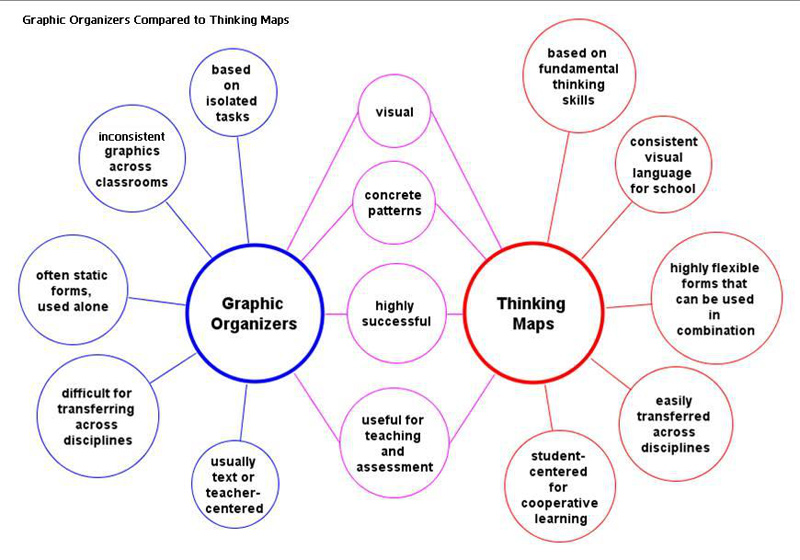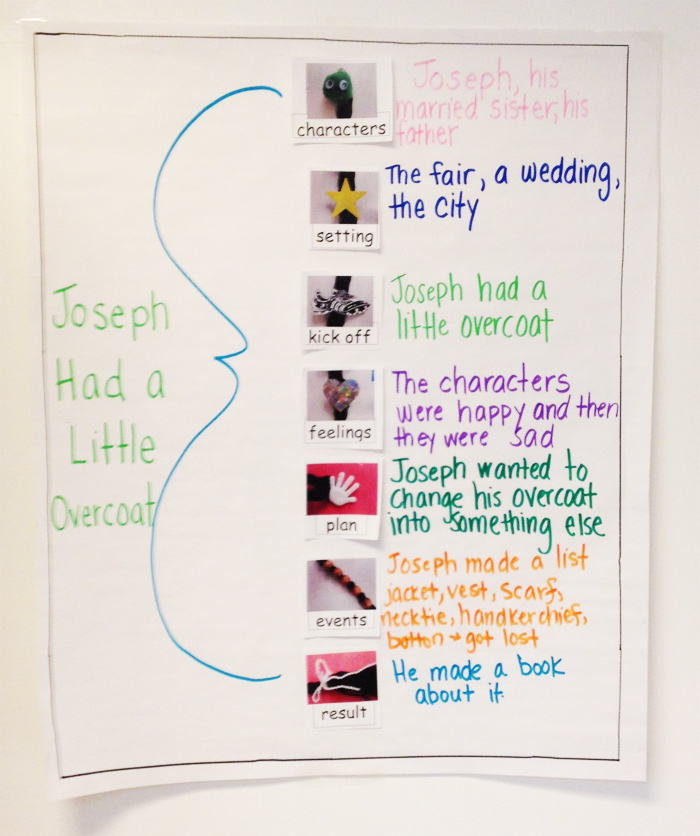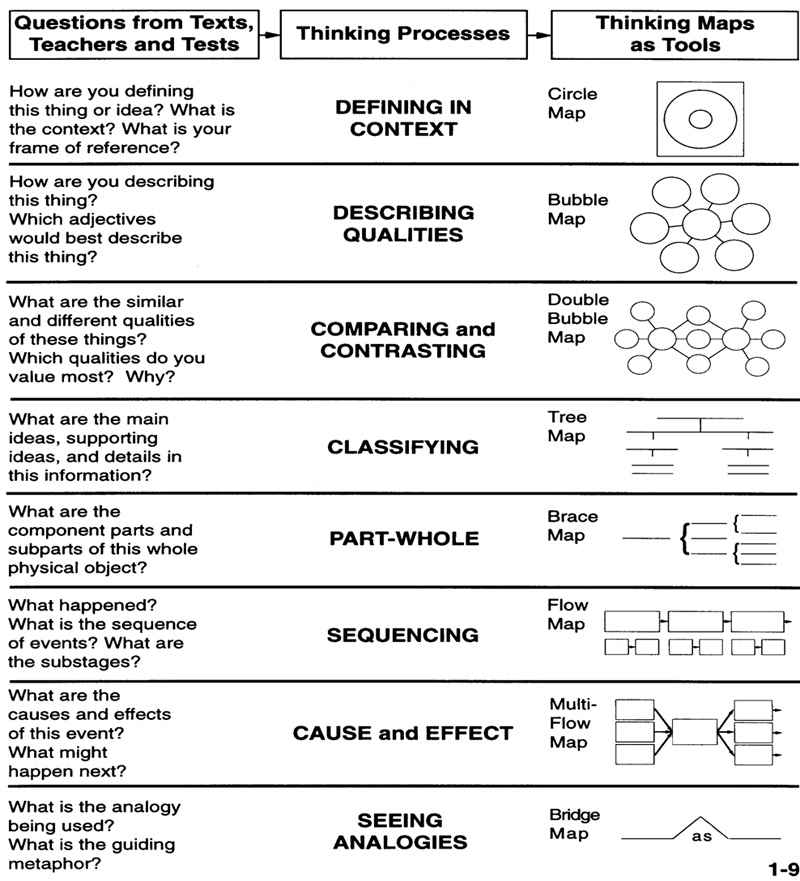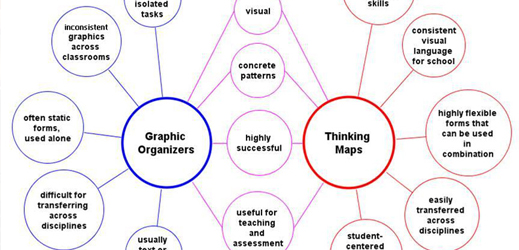Thinking Maps
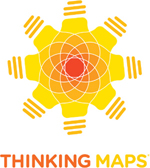
Students at Aaron Elementary, Middle, and High School use visual thinking tools called Thinking Maps to generate, organize, and analyze their ideas prior to completing a variety of tasks, both academic and social.
There are eight different Thinking Maps, each with its own visual representation of a specific cognitive process. By using concrete visual patterns that remain consistent across topic areas, Thinking Maps provide students with a meaningful way to understand and develop abstract cognitive skills. At Aaron School, Thinking Maps are used school-wide across all subject areas and grade levels to facilitate critical thinking, comprehension, retention, and organization of ideas.
The specific cognitive processes that the Thinking Maps represent include:
Circle Map – defining in context
Bubble Map – describing qualities
Double Bubble Map – comparing and contrasting
Tree Map – classifying or categorizing
Brace Map – identifying part/whole relationships
Flow Map – sequencing
Multi-Flow Map – analyzing cause and effect
Bridge Map – analyzing relationships/seeing analogies
WHY THINKING MAPS?
The cognitive skills that Thinking Maps represent are taught in some capacity by instructors of every discipline across grade levels. They are a thread that connects academic, social, and creative learning. Thinking Maps provide teachers and therapists with a tool to explicitly demonstrate these cognitive skills in developmentally appropriate ways during academic instruction, as well as within social development and collaborative problem solving. The consistent use of Thinking Maps to organize and analyze information helps students to develop a common visual language that will ultimately support their understanding and application of these concepts.
THE FRAME OF REFERENCE!
Each Thinking Map that is created gets surrounded by a Frame of Reference. The Frame of Reference is the space in which each student can answer questions about the information contained within the map. The questions can be teacher or student generated and should encourage the student to think critically about the information. Questions can include, “How do you know the information?”; “What is the main idea?”; “Why is the information important?”; “What varying perspectives does the information represent?”
To learn more about Thinking Maps, please visit: thinkingmaps.com.
Better learning will come not so much from finding better ways for a teacher to INSTRUCT…
…but from giving the learner better ways to CONSTRUCT MEANING.
Seymore Papert, 1990
